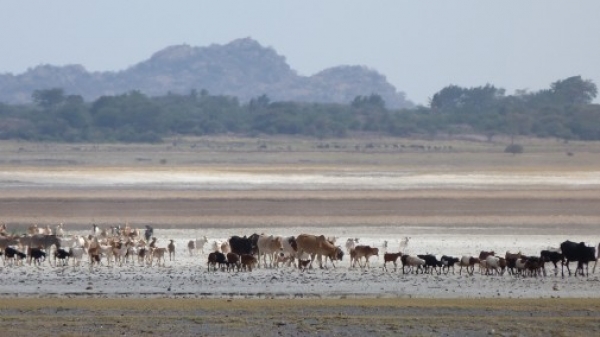East Africa’s iconic rangelands - under threat from climate change and human activity - have the potential to recover from repeated environmental shocks and degradation, a new study has concluded.
Covering 47% of the Earth’s land surface, rangelands are home to one third of the global population, many of whom are pastoralists who depend on the savannahs to meet their daily need for shelter, water and food.
But because rangelands develop in semi-arid areas and are primarily used for grazing, they are highly vulnerable to changes in rainfall and human pressures.
As part of the study, published in Scientific Reports, scientists combined field data on vegetation with high-resolution satellite images gathered over the last two decades to identify the drivers of degradation within the Northern Tanzanian rangelands.
Read more at University of York
Image: Rangelands are highly vulnerable to changes in rainfall and human pressures (Credit: University of York)


